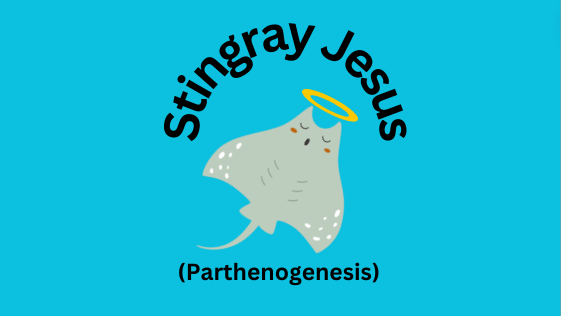Thousands of North Carolina residents spent a few days in early Oct. stuck inside home after powerful Hurricane Matthew, a category one storm, pummeled up the U.S. East Coast Oct. 8 as it brought heavy wind and rain to the state.
Matthew, one of several tropical systems to impact the U.S. during the busy 2016 Atlantic hurricane season, brought heavy rain to the area in early September and has claimed the lives of over 500 people throughout its path, including 43 in the United States and 22 in North Carolina. Damage totals have been estimated at four to six billion dollars billion in the United States. Widespread damage occurred throughout N.C., primarily caused by flooding that has persisted several days after the storm’s passage. President Barack Obama and Governor Pat McCrory both declared states of emergency in N.C. due to the impacts from the storm. Numerous power outages were caused by the storm including Athens Drive High School, which did not have its power restored until late Oct. 10. As a result of the power outages, the Wake County Public School System closed its schools Oct. 10 – the first hurricane-related school closure for the district in over a decade. Students in Wake County returned to school the next day as power was restored. To help out the victims, Athens Drive collected gently used blankets and toys during its Homecoming football game Oct. 14.
McCrory has been very concerned about the flooding Matthew has caused, especially in southeastern North Carolina. By the morning of Oct. 9, nearly 900 people were rescued by boat crews.
“If we say the water’s coming and we say do not drive through that water, we mean it. Do not go through water. We’ve had over 10 people killed as a result of that. We are not messing around, and we do not want to put people at risk to save you once you’ve made that decision,” said McCrory.
One of the hardest hit areas from Matthew was the town of Lumberton, N.C. Lumberton dealt with extensive flooding as the Lumber River’s water level rose.
“I left at home all my clothes, everything. The only thing I have is this child and what I was driving,” said Lumberton resident, Ada Page.
Matthew did not only impact the United States in its long journey through the Atlantic Ocean. It developed from a tropical wave Sept. 28 near the Lesser Antilles. The storm rapidly intensified as it entered the eastern Caribbean Sea, peaking as a category five hurricane late Sept. 30 with maximum sustained winds of 160 miles per hour. Weakening slightly, Matthew slowed down its movement in the Caribbean, before eventually turning northward and making landfall in western Haiti early Oct. 4 as a category four hurricane. Damage in Haiti was reportedly catastrophic, with over 450 deaths and one billion dollars in damage reported. Matthew then made a second landfall in eastern Cuba later that day, before eventually weakening to a category three hurricane. Passing over the Bahamas, Matthew remained a major hurricane before it eventually brushed the coast of Florida Oct. 7. While slowly weakening, Matthew then continued to barrel up the east coast, eventually making landfall near McClellanville, South Carolina early Oct. 8 as a category one storm with maximum sustained winds of 75 mph.
Matthew was the deadliest Atlantic hurricane since Stan in 2005, and was the first category 5 Atlantic hurricane since Felix in 2007. It was also North Carolina’s deadliest hurricane since Hurricane Floyd in 1999. Despite not directly making landfall in North Carolina, Matthew has caused severe impacts in parts of the state that will take months to recover from.






